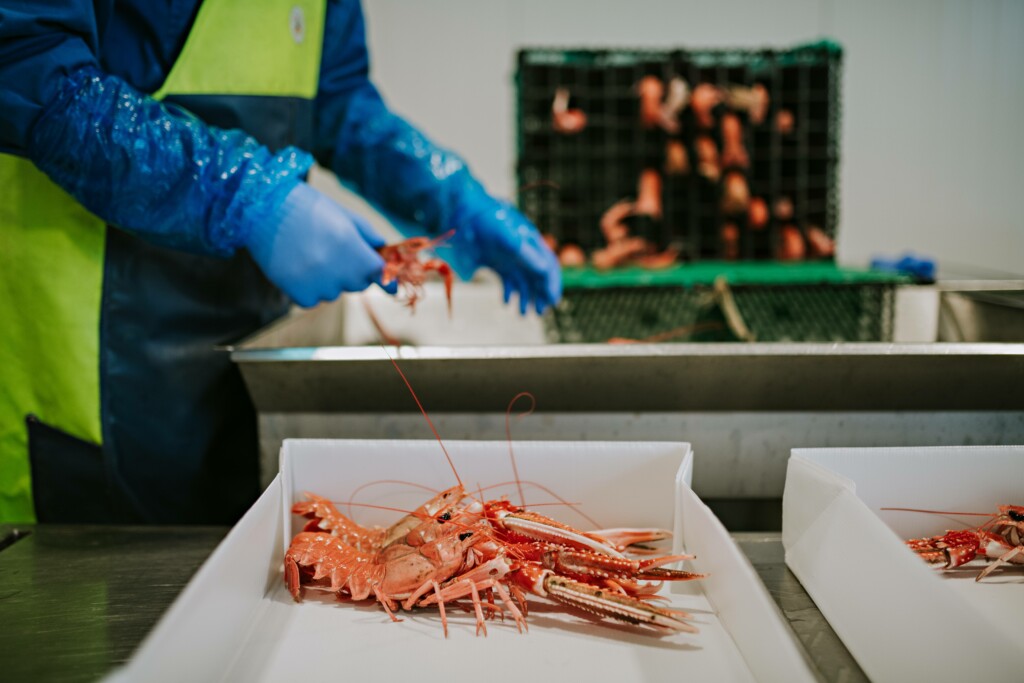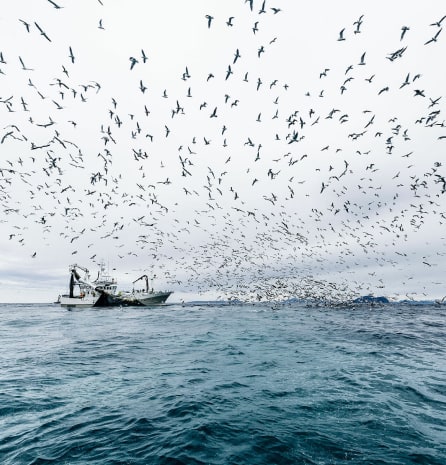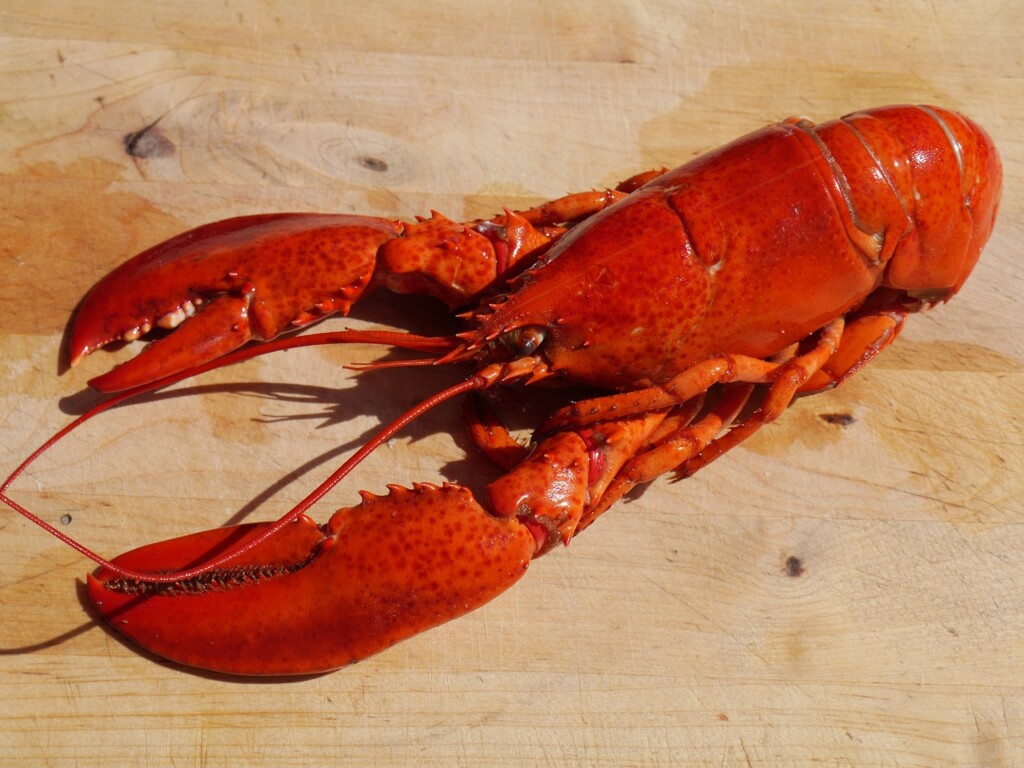From seafood traceability to seafood sustainability
– The seafood industry’s shifting metrics
The seafood industry has witnessed a shift from isolated seafood traceability efforts to comprehensive global standards for data collection and sharing, with a growing focus on sustainability.
Traceability and seafood transparency have moved from fringe to core; from initial efforts focused on a few traceability vendors helping companies track and trace within their own operations to global standards for end-to-end data collection and sharing. The aquaculture and wild caught fisheries sectors have both seen growth and innovation in standards and certifications.
Originally, the focus was on technology for data capture within seafood companies. Over time, tracking and tracing efforts expanded from technology-oriented solutions for individual companies to a greater focus on system-level approaches, including the implementation of seafood ERP software to handle major national and international policy developments, technologies aimed at large-scale monitoring of vessels, and industry-led standards for traceability. Online reporting platforms also help stakeholders engaged in markets-based initiatives to track activity more effectively. With the advent of cloud applications, sharing critical data points to follow the fish records has become much easier as interoperability between systems is no longer an issue.
As both systems to capture seafood traceability data and the scope of data to be tracked have advanced, so too has the dialogue surrounding what should be measured and communicated evolved. Beyond simple one up one down traceability regulated by governmental regulation, and quality measures regulated by quality certification schemes, with climate change now front and center on the world stage, companies, especially in the seafood sector, will increasingly need to use seafood ERP solutions to formulate sustainability plans and measure their progress.
As climate change gains prominence, companies in the seafood sector are under pressure to develop sustainability plans and measure their progress. Customers, investors, and regulators are major drivers for sustainability investments.
Increased investment in sustainability
A Gartner survey (November 2022) revealed that 87% of business leaders expect to increase their organization’s investment in sustainability over the next two years. Customers are the primary stakeholder group creating pressure for organizations to invest or act on sustainability issues, followed by investors (60%) and regulators (55%). This is especially true of demands being placed on seafood suppliers by grocery retailers.
More than 90% of the North American seafood grocery retail market is now covered by buyer partnerships with sustainable sourcing NGOs. In Canada, five of the top 10 grocery retailers, representing more than 90% of the retail market, are engaged in NGO partnerships.
Five EU retailers with sustainable seafood partnerships account for 68% of the top 10 total sales, in contrast to 2017, when four retailers with partnerships accounted for 44% of top 10 total sales.
(Source – 2022 Progress Toward Sustainable Seafood – By the Numbers).
While mostly these NGO partnerships revolve around certification programs (MSC and Global GAP, for example), both the focus of the sustainability verifications and the mandates of the certification programs themselves are gradually broadening to include social and climate impact measures.
Poorly defined sustainability metrics
Sustainability is a common goal and catchphrase used in conjunction with seafood, but the metrics used to determine the level of sustainability have often been poorly defined. Although the conservation statuses of target or nontarget fish stocks associated with fisheries are closely scrutinized, the relative climate impacts of different fisheries are only now coming into play. Seafood traceability, supported by seafood ERP software, will inevitably soon need to not only provide traceability to prove that fish is from a sustainably accredited fishery or farm, but companies will increasingly need to use seafood ERP systems to develop strategies for measuring and improving on their carbon footprint.
Optimizing sustainability with seafood ERP
Analytics and data analysis are critical to developing and measuring sustainability progress, especially when leveraging seafood ERP software.
Although the seafood carbon footprint is already lower than that of most other proteins, there are opportunities to reduce that footprint. For example, in catching (fuel use), in aquaculture (feed), and in the transport supply chain (air freight and logistics planning). Another important area is in utilization of raw material – maximizing yield and reducing waste are inextricably linked. To effectively measure and understand the complicated mix of factors that tell the whole picture, advanced analytics within seafood ERP systems are essential. For example, measuring the trade-off that may exist between meeting climate goals and fish conservation goals. What is the best strategy for fleets that employ more selective fishing gears (e.g., troll gear with relatively low rates of bycatch), but that may consume more fuel per quantity of fish caught than less selective gears (e.g., purse seine and longline gear with relatively high rates of bycatch). Optimizing both of these factors is most effectively quantified by advanced analytics provided by seafood ERP software.
To begin, fishing companies could create a road map focusing on the immediate challenges they hope to address, such as those related to fishing efficiency, capture volatility, and fleet monitoring. To identify quick wins, companies could first assess their data stores with seafood ERP software to see what information is readily available. Most will find that they already have much relevant information on hand, including vessel-specific data on daily catch (both volume and species), GPS position, and fuel consumption.
Rather than using this information for purely descriptive purposes—for instance, noting the average catch for each vessel during past months—fishing companies could adopt a forward-looking analytical approach with seafood ERP systems. One analysis might involve mapping fishing activity and catch rate over the course of the season to identify factors which can enhance efficiency and also reduce fuel consumption and running costs. Or rather than just tracking freight costs, companies can use seafood ERP software to track measures which analyze logistics inefficiencies and help improve their carbon footprint resulting from shipping.
Embracing the new information economy
Although setting up measurable sustainability figures and goals may seem a daunting task, it is a journey that all companies will eventually need to address to compete in the increasingly environmentally conscious marketplace. Sustainability, just like digitalization through seafood ERP software, can save money and optimize operations. As we make the shift from the automation economy to the information economy, from traceability to sustainability—defined by the use of data and insights from seafood ERP systems for making smarter, more intelligent decisions—there’s never been a better time to embrace both.


